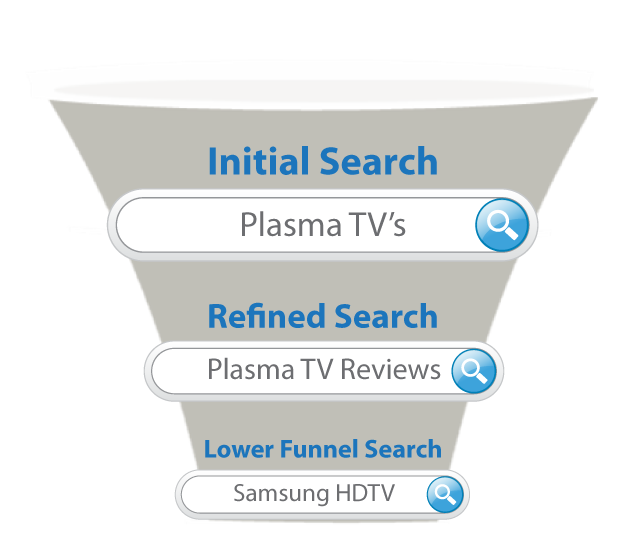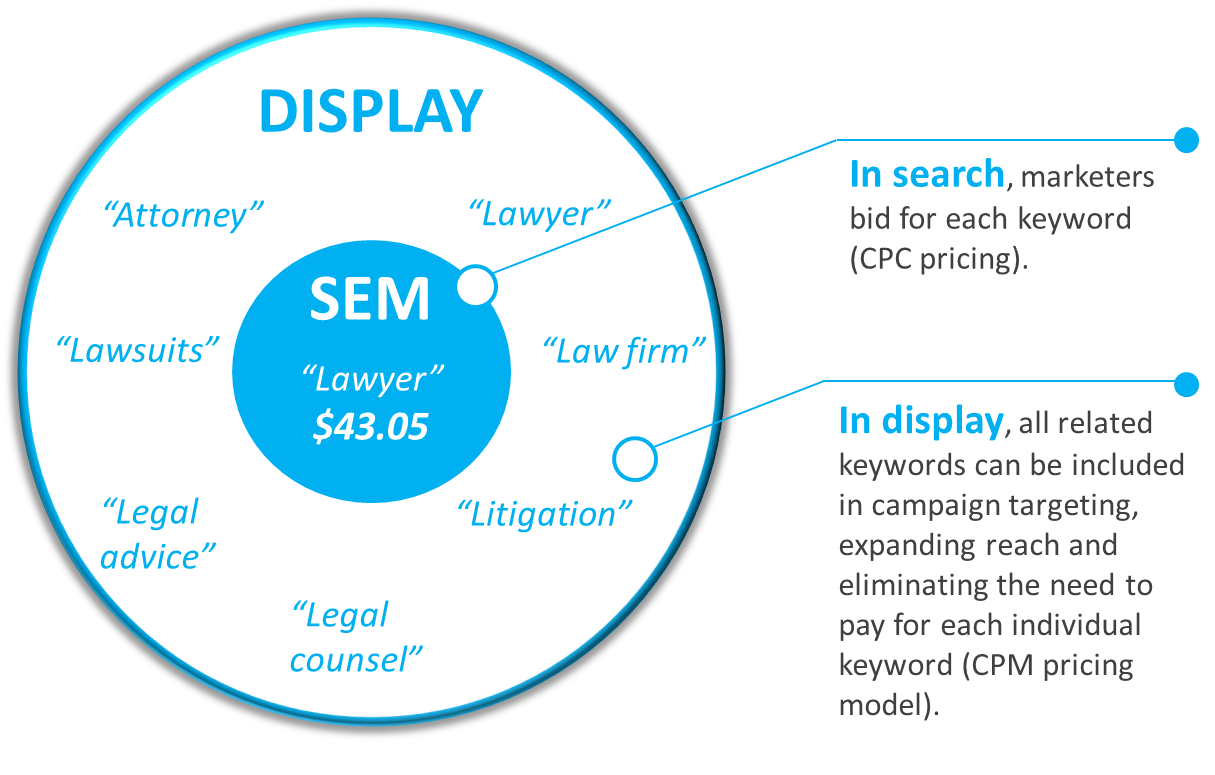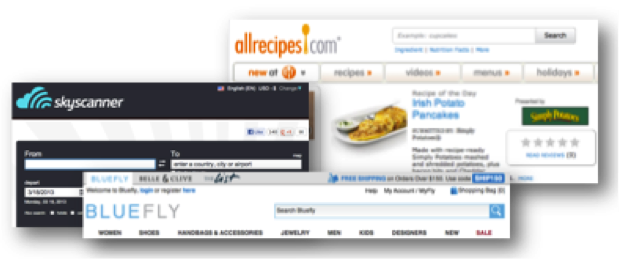Keys To Making The Most Out Of Search Data
Search data is not one-size-fits-all – it goes way beyond search engine marketing and knowing which search led to a specific action. In fact, if search data can be used to forecast flu outbreaks, then I think we should consider the use cases beyond just an SEM campaign. There are various search entities where data […]
Search data is not one-size-fits-all – it goes way beyond search engine marketing and knowing which search led to a specific action. In fact, if search data can be used to forecast flu outbreaks, then I think we should consider the use cases beyond just an SEM campaign.
There are various search entities where data resides – such as search engines like Google, Bing and Yahoo!, and then other search entities including vertical sites, shopping comparison engines, e-commerce sites and social networks. The combination of all of these searches is creating opportunities for marketers to take search data beyond SEM and into other types of marketing territory.
Value Of Search Data Beyond Search Engines
Today’s search world is anything but linear. When you think about it, search has really become more organic; something that has grown into multiple elements and can be placed in a variety of contexts to provide greater insights. Marketers should start by understanding that the use of search data in SEM is different from the use of search in display.
Additionally, search data is a great source of consumer behavior and an identifying factor of where a consumer is within the purchasing funnel.
Given this sheer volume of data, it’s easy to see why search data is becoming more important for display advertisers. Today, search data allows display advertisers to reach a broader audience, proving that it’s no longer just a lower level, funnel-marketing channel for SEM advertisers.
This has evolved because in display, marketers aren’t buying keywords related to a search from a list, but an audience based on search. Rather than bidding on specific keywords; in display, you are targeting a much larger audience that is based on other related words, not just a single keyword.
For example, in search, marketers that want to target using the keyword “lawyer” will need to purchase all three related keywords: attorney, legal advice and lawyer.
In display, that same “lawyer” keyword is expanded to include related terms, and would result in an audience that includes people that search for lawyer, attorney, law advice, lawsuit, legal counsel, etc. These keywords are without an additional cost to the marketer and result in an increased reach for the campaign.
Search Engines + Other Search Entities = Greater Insights
As mentioned earlier, search data that is used in display advertising comes from a vast range of sites that aren’t search engines. These types of sites include e-commerce sites, vertical and shopping comparison sites and social networking sites.
The breadth of data available on these sites increases the likelihood that display campaigns based on search will reach consumers earlier in the purchase cycle. This allows advertisers to get their brand and message in front of those consumers during the influence/consideration phase, before they have made their purchasing decision.
The analysis of various sources of search data leads to a pool of insights into consumer trends, purchasing decisions, and the demographics of consumers that are searching for your product or related products.
For example, when you combine search with additional browsing behaviors, marketers get a much richer picture of how long a consumer may consider specific products, what factors play a role in the purchasing process, the kinds of sites that consumers who are interested in the product visit, and other, perhaps even unrelated products, your consumer audience is interested in, etc.
Understanding The Value Of Search In Display
While the search industry has had a proven model since the ’90s, it’s also true that display has created even more value for the search channel and its data. In my opinion, marketers shouldn’t overlook the value that comes, very cost-effectively, from the use of combining search data with display advertising, as many of the insights gleaned go beyond what Google and Bing have.
Search data shouldn’t be seen just as a marketing channel, or be used only for SEM; it should be seen as a major contributor to the overall digital marketing mix. Below are a few ways marketers can make the most out of search data for their display campaigns:
- Leverage search retargeting for search extension: Take your search keywords and work with a partner that can expand your SEM list for greater scale in display.
- Apply search insights to display strategy: Use search data to gain insights into consumer trends, purchasing patterns and trends, etc., refining your display campaign and targeting parameters accordingly.
- Use display as a method for conquesting: Search engines like Google don’t enable conquesting. By utilizing search data within display, marketers can target audiences with display ads based on competitors’ key terms.
- Break free from CPC pricing, while using search data: Buying each keyword in search quickly adds up, and some keywords are simply more costly than others. When you apply search data to display targeting, you place value on the audience vs. each individual keyword.
Contributing authors are invited to create content for Search Engine Land and are chosen for their expertise and contribution to the search community. Our contributors work under the oversight of the editorial staff and contributions are checked for quality and relevance to our readers. The opinions they express are their own.
Related stories

